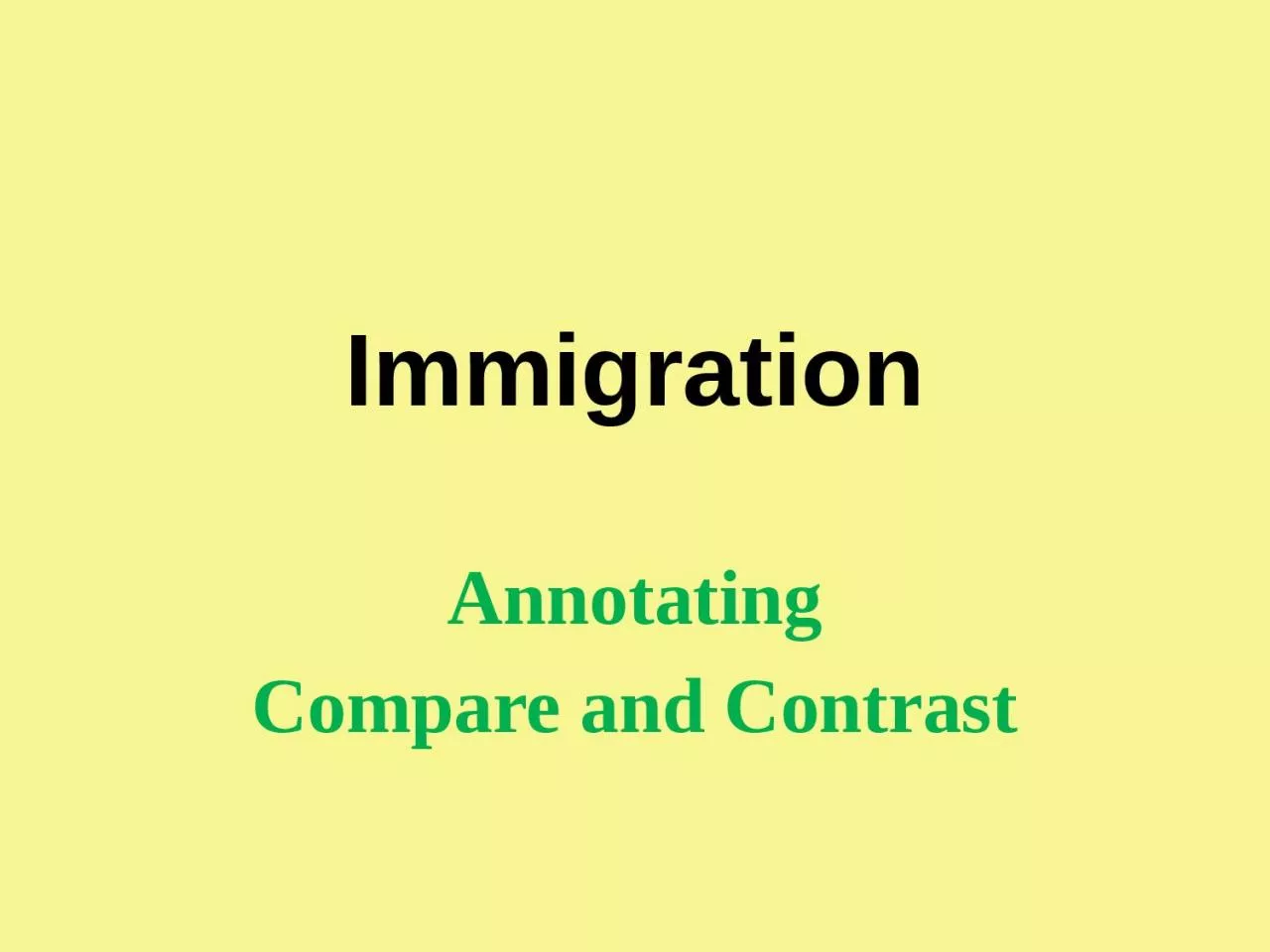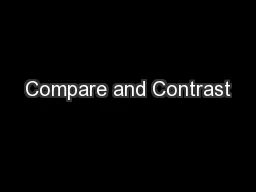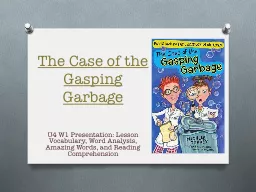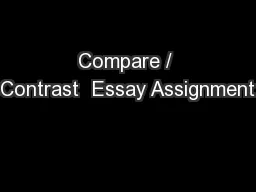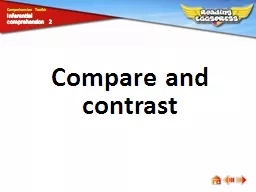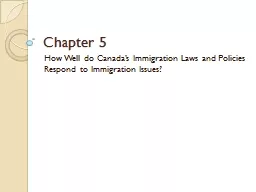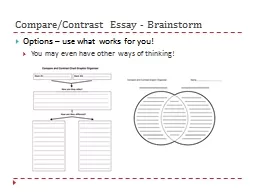PPT-Immigration Annotating Compare and Contrast
Author : LoneWolf | Published Date : 2022-08-02
Annotation Review 1 Scan the text and circle vocabulary and unknown words 2 Write definitions in the margins 3 Read the Text 4 Underline key points and important
Presentation Embed Code
Download Presentation
Download Presentation The PPT/PDF document "Immigration Annotating Compare and Contr..." is the property of its rightful owner. Permission is granted to download and print the materials on this website for personal, non-commercial use only, and to display it on your personal computer provided you do not modify the materials and that you retain all copyright notices contained in the materials. By downloading content from our website, you accept the terms of this agreement.
Immigration Annotating Compare and Contrast: Transcript
Download Rules Of Document
"Immigration Annotating Compare and Contrast"The content belongs to its owner. You may download and print it for personal use, without modification, and keep all copyright notices. By downloading, you agree to these terms.
Related Documents

